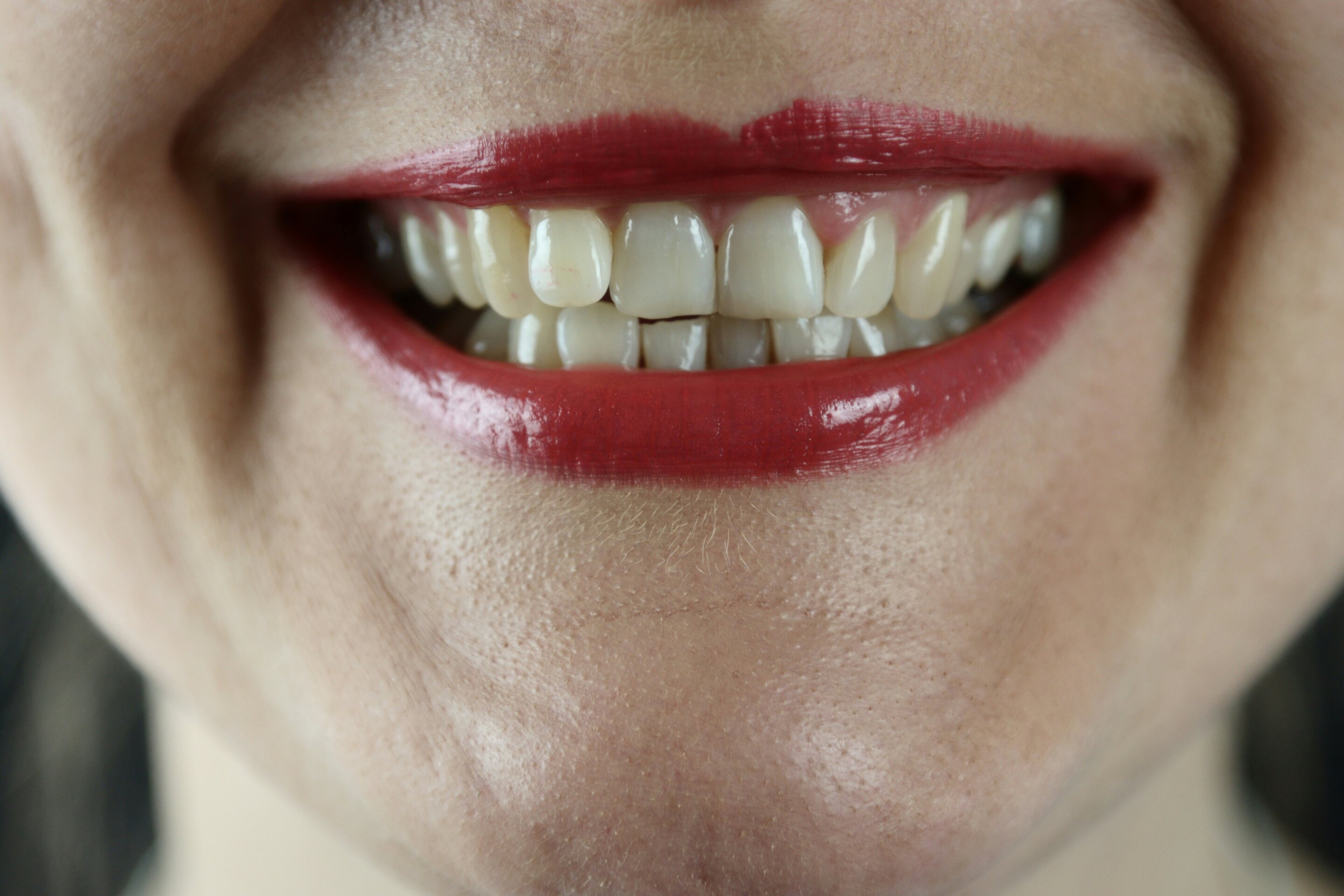A research that examined the mediation impact of the variety of tooth on the affiliation between earnings and dementia was introduced on the 102nd Normal Session of the IADR, which was held along side the 53rd Annual Assembly of the American Affiliation for Dental, Oral, and Craniofacial Analysis and the forty eighth Annual Assembly of the Canadian Affiliation for Dental Analysis, on March 13-16, 2024, in New Orleans, LA, U.S..
The summary, “Mediation Impact of Oral Well being on Inequalities in Dementia” was introduced throughout the “International Oral Well being Inequalities Analysis Community” Oral Session that occurred on Friday, March 15, 2024 at 2 p.m. Central Commonplace Time (UTC-6).
The research, by Satomi Shimada of Tokyo Medical and Dental College, Japan, was primarily based on the Japan Gerontological Analysis Research (JAGES) and focused functionally impartial older adults aged ≥ 65 years adopted from 2010 to 2019 (response charge in 2010 = 64.3%, follow-up charge in 2019= 98.5%).
Cox proportional hazard mannequin was used to look at the affiliation between equal earnings in 2010 (<2.0 million JPY or ≥2.0 million JPY) and incidence of dementia for 9 years’ follow-up. The mediating impact of the variety of tooth in 2010 (<20 tooth or ≥20 tooth) was examined by causal mediation evaluation. Analyses have been stratified by intercourse and adjusted for age, academic attainment, self-rated well being, despair signs, marital standing, ingesting alcohol, strolling time, and employment standing.
Among the many 44,083 individuals (imply age: 73.7; feminine 53.2%), 17.3% had incidence of dementia. In comparison with these with larger earnings, decrease earnings individuals seem to have extra dementia and fewer tooth (larger earnings: 15.3% and 58.6%; decrease earnings: 19.2% and 70.3%, respectively). After adjusting for all covariates and earnings, having fewer tooth was related to dementia (hazard ratio [95% confidence interval]: 1.205 [1.108-1.311] for males, 1.104 [1.025-1.189] for girls).
Causal mediation evaluation demonstrated that the variety of tooth mediated the affiliation between earnings and dementia (complete impact and pure oblique impact in hazard ratio [95%CI]: 1.140 [1.041-1.249] and 1.012 [1.001-1.023], proportion mediated 9.1% for males; 1.103 [1.015-1.198] and 1.005 [0.997-1.012], proportion mediated 4.7% for girls). The research concluded that variety of tooth partially mediated the affiliation between earnings and dementia in older Japanese adults.
Supplied by
Worldwide Affiliation for Dental, Oral, and Craniofacial Analysis
